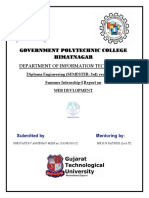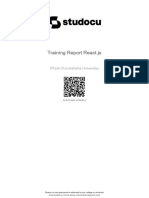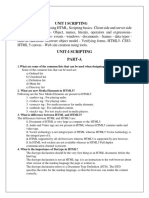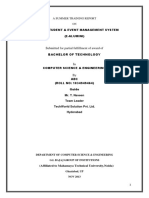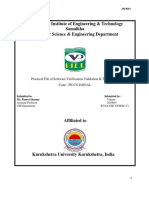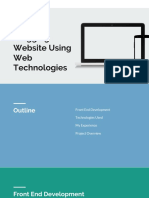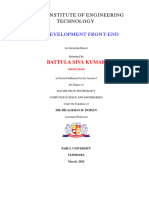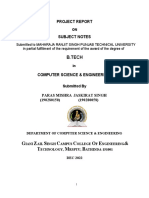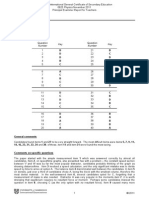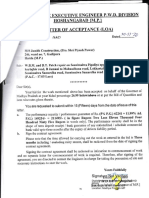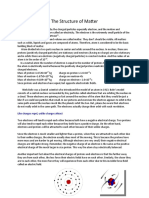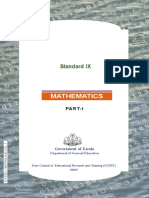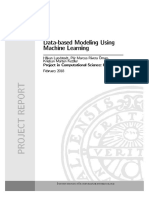0% found this document useful (0 votes)
114 views22 pagesInternship Report On Web Development
The document is an entrepreneurship report submitted by Rajeev Ranjan from Katihar Engineering College, focusing on web development using HTML, CSS, and JavaScript. It outlines the learning journey over six weeks, covering topics such as basic web design techniques, responsive web development, and project work involving practical applications. The report concludes with reflections on the learning experience and the skills acquired during the program.
Uploaded by
gk6201053Copyright
© © All Rights Reserved
We take content rights seriously. If you suspect this is your content, claim it here.
Available Formats
Download as PDF, TXT or read online on Scribd
0% found this document useful (0 votes)
114 views22 pagesInternship Report On Web Development
The document is an entrepreneurship report submitted by Rajeev Ranjan from Katihar Engineering College, focusing on web development using HTML, CSS, and JavaScript. It outlines the learning journey over six weeks, covering topics such as basic web design techniques, responsive web development, and project work involving practical applications. The report concludes with reflections on the learning experience and the skills acquired during the program.
Uploaded by
gk6201053Copyright
© © All Rights Reserved
We take content rights seriously. If you suspect this is your content, claim it here.
Available Formats
Download as PDF, TXT or read online on Scribd
/ 22



